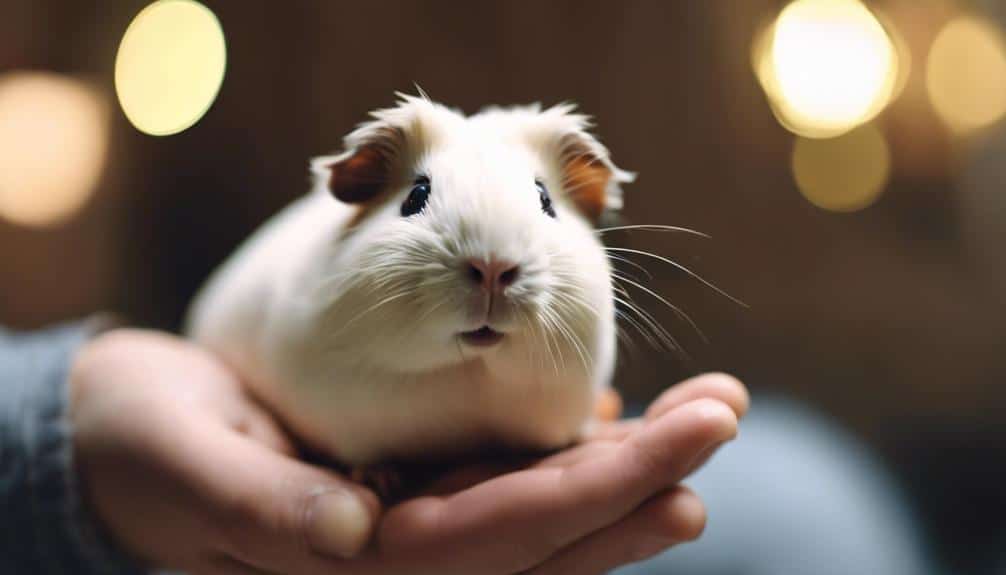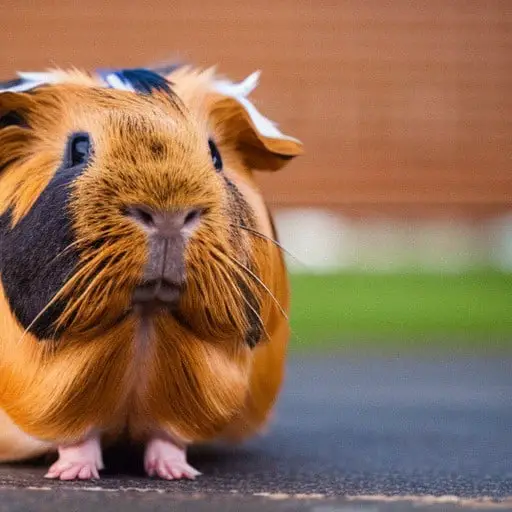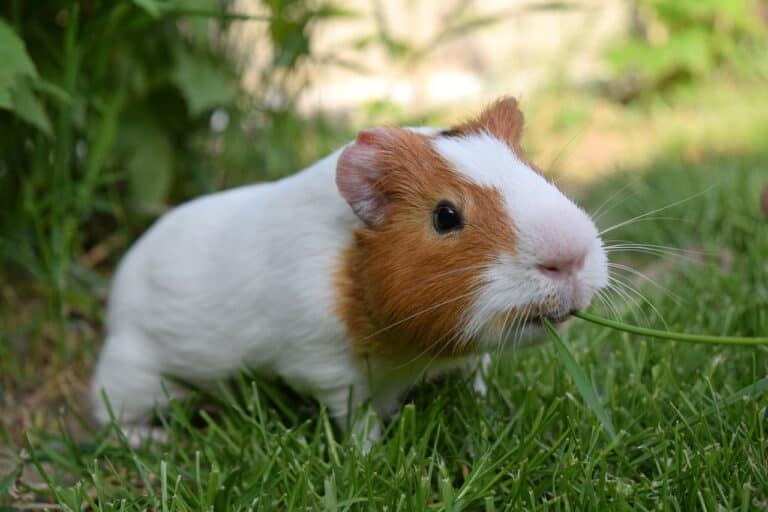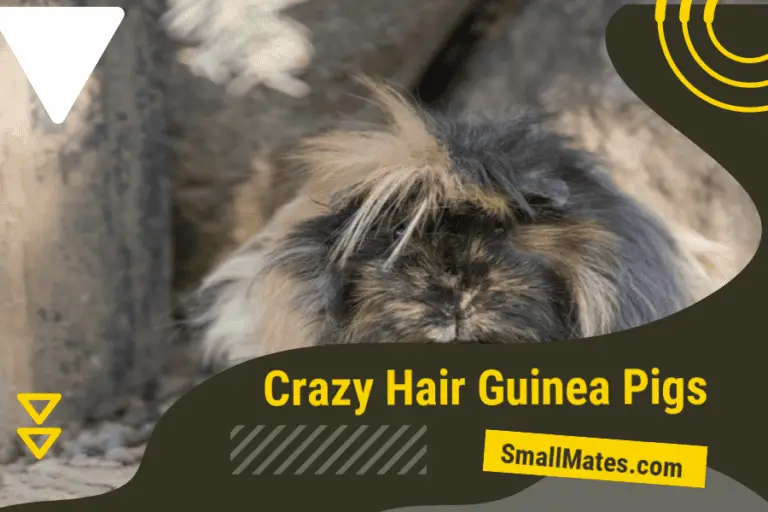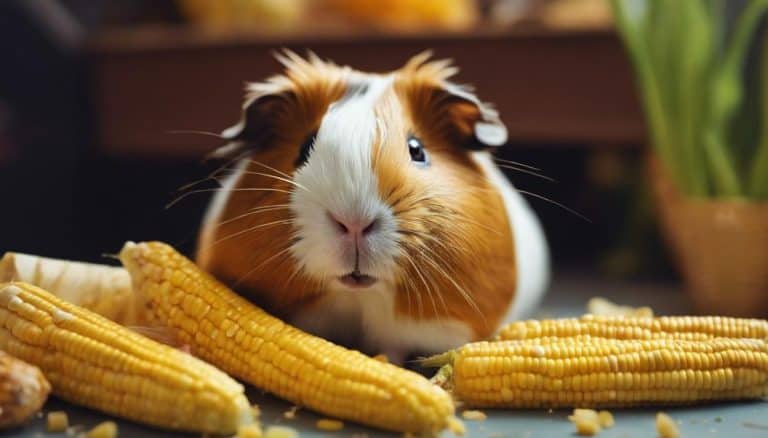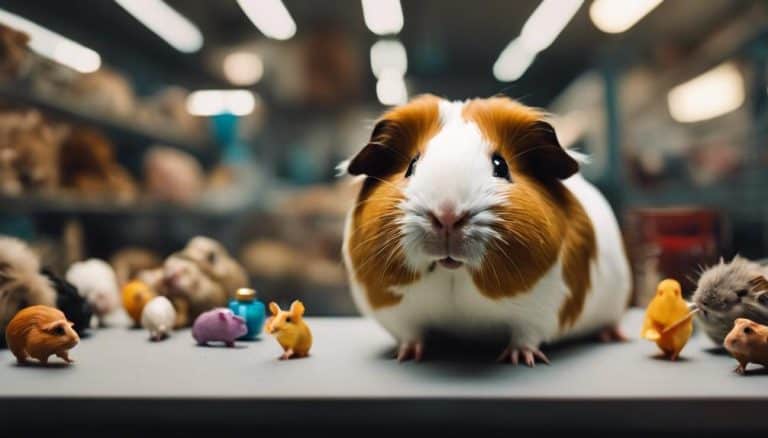How to Interpret My Guinea Pig's Squeaking
When it comes to interpreting our guinea pig’s squeaks, as the saying goes, ‘Actions speak louder than words.’ Deciphering these vocal cues can provide vital insights into our furry friends’ well-being and emotions. Understanding the nuances of their squeaks can lead to better care and a deeper connection with our guinea pigs.
So, the next time you hear your guinea pig squeaking, pay attention – there might be more to it than meets the ear.
Common Guinea Pig Squeaks and Meanings
When interpreting common guinea pig squeaks and their meanings, it’s important to pay close attention to the pitch, intensity, and context of the sound. Guinea pigs, like many small animals, use noises as a form of communication. High-pitched squeaks often indicate excitement, hunger, or anticipation of food in these adorable creatures. On the other hand, sudden, loud squeals can be a sign of pain, fear, or distress, requiring immediate attention and care.
Prolonged or repetitive squeaking may suggest discomfort, stress, or a need for reassurance. Soft, gentle squeaks, especially when accompanied by behaviors like hiding or flinching, could indicate anxiety or unease in your guinea pig.
Understanding these guinea pig sounds, along with observing their body language and behaviors like rumble strutting, can provide valuable insights into their emotional state and needs. By recognizing and responding appropriately to these various noises, we can make sure our furry friends feel safe, secure, and content in their environment.
Responding to Wheeking and Chutting
In our interactions with guinea pigs, promptly responding to wheeking and chutting sounds can strengthen the bond between these adorable creatures and us as their caregivers. When guinea pigs make these noises, they’re trying to tell us something important. Here are ways we can effectively respond to wheeking and chutting:
- Offering Food: Guinea pigs often wheek when they’re excited or hungry, so providing them with a tasty snack can make them feel loved and cared for.
- Giving Attention: Responding to chutting by interacting with your guinea pig, petting them gently, or talking to them can reinforce their sense of contentment and happiness.
- Creating a Comfortable Environment: Ensuring that your small pets have a cozy and stimulating living space can help reduce stress and promote overall well-being, leading to fewer instances of wheeking and more joyful chutting moments.
Understanding Rumbling and Chattering
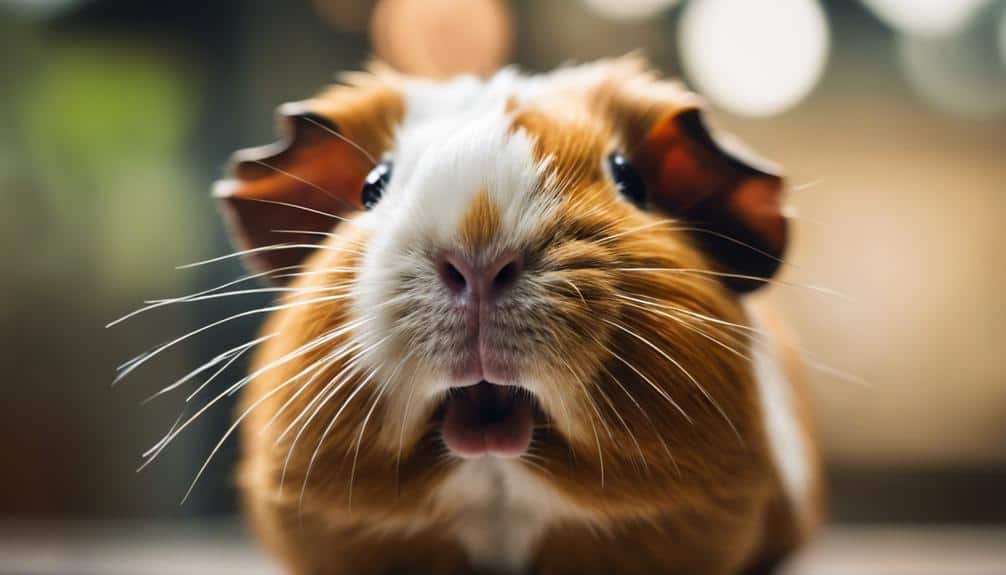
Upon hearing rumbling and chattering sounds from your guinea pig, it is important to understand the underlying messages they convey to effectively cater to your pet’s emotional needs. Rumbling is a versatile form of communication in guinea pigs, utilized for various purposes such as mating, dominance, attraction, or as a startle response. On the other hand, teeth chattering serves as a warning signal, indicating aggression, annoyance, anxiety, or irritation depending on the context. By observing the body language accompanying these sounds, you can gain valuable insights into your guinea pig’s emotional state and address their needs accordingly.
| Rumbling in Guinea Pigs | Teeth Chattering in Guinea Pigs |
|---|---|
| Mating, dominance, attraction | Warning signal for aggression or annoyance |
| Startle response, dominance display | Context-dependent, indicates anxiety or irritation |
| Reflects emotional state and needs | Requires observation of body language for accurate interpretation |
Deciphering Whining and Chirping
Deciphering guinea pig whining and chirping provides valuable insights into their emotional needs and well-being, helping owners guarantee the best care and understanding of their pets. When trying to interpret these sounds, it’s crucial to bear in mind the following:
- Whining: Guinea pigs may whine when they’re experiencing discomfort, pain, or seeking attention. Paying attention to the context and accompanying behaviors can help determine the cause of the whining.
- Chirping: Chirping noises in guinea pigs could signify fear, curiosity, or a response to a new environment. Observing the situation in which the chirping occurs can offer clues about the guinea pig’s emotional state.
- Excitement: Squeaking can also indicate excitement, anticipation of food, or a desire for interaction. Understanding the nuances of your guinea pig’s squeaks and correlating them with their behavior can help you respond appropriately to their needs.
Dealing With Shrieking and Other Noises
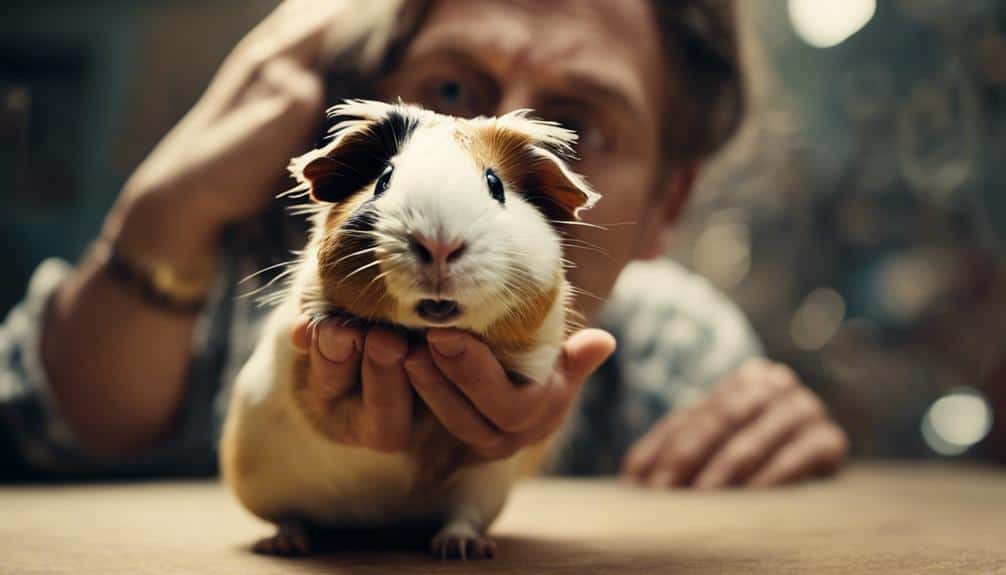
When confronted with shrieking and other unusual noises from guinea pigs, immediate attention and investigation are essential to guarantee their well-being and address any underlying issues effectively. These sounds, such as teeth chattering, hissing, or loud squealing, can signal discomfort, danger, or distress, necessitating prompt intervention. Understanding the context in which these noises occur is critical for determining the underlying cause and taking appropriate action. Observing accompanying behaviors and physical cues alongside the noises can provide valuable insights into the guinea pig’s emotional state and overall welfare. If the shrieking or other unusual noises persist, seeking professional advice from a veterinarian is recommended to ensure the health and happiness of the guinea pig.
| Noises | Possible Meanings | Action Required |
|---|---|---|
| Shrieking | Extreme upset, fear, distress | Immediate attention |
| Teeth Chattering | Discomfort, unease | Monitor closely |
| Hissing | Danger, feeling threatened | Investigate promptly |
| Loud Squealing | Pain, distress, discomfort | Seek veterinary advice |
| Context | Frequency, behavior observation | Determine cause |
Conclusion
To wrap up, understanding our guinea pig’s squeaks is like deciphering a musical language. By tuning in to their various sounds and responding accordingly, we can strengthen our bond and provide the best care for our furry friends.
So next time you hear a wheek or chut, remember to listen closely and dance to the melody of communication with your guinea pig.

